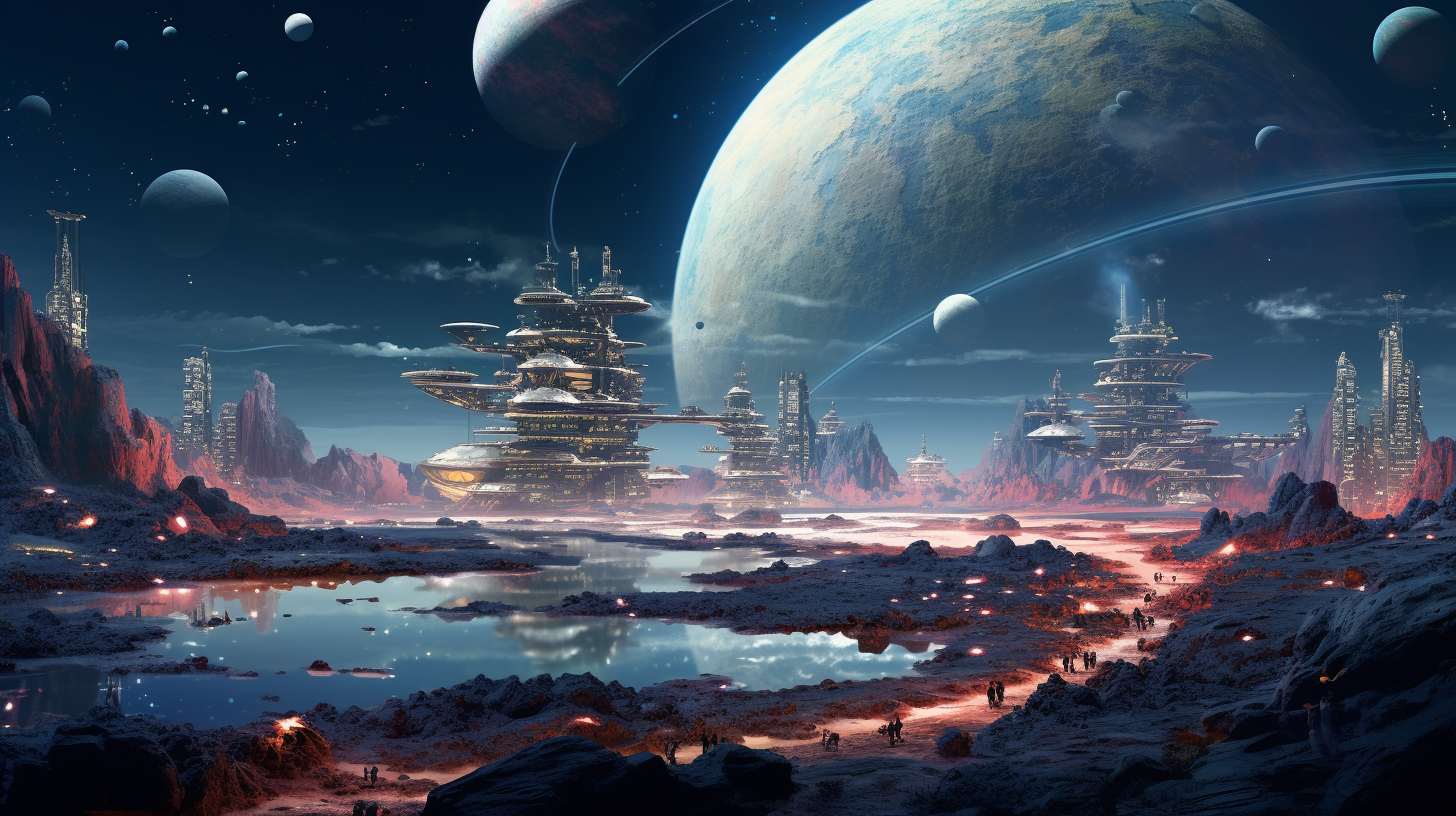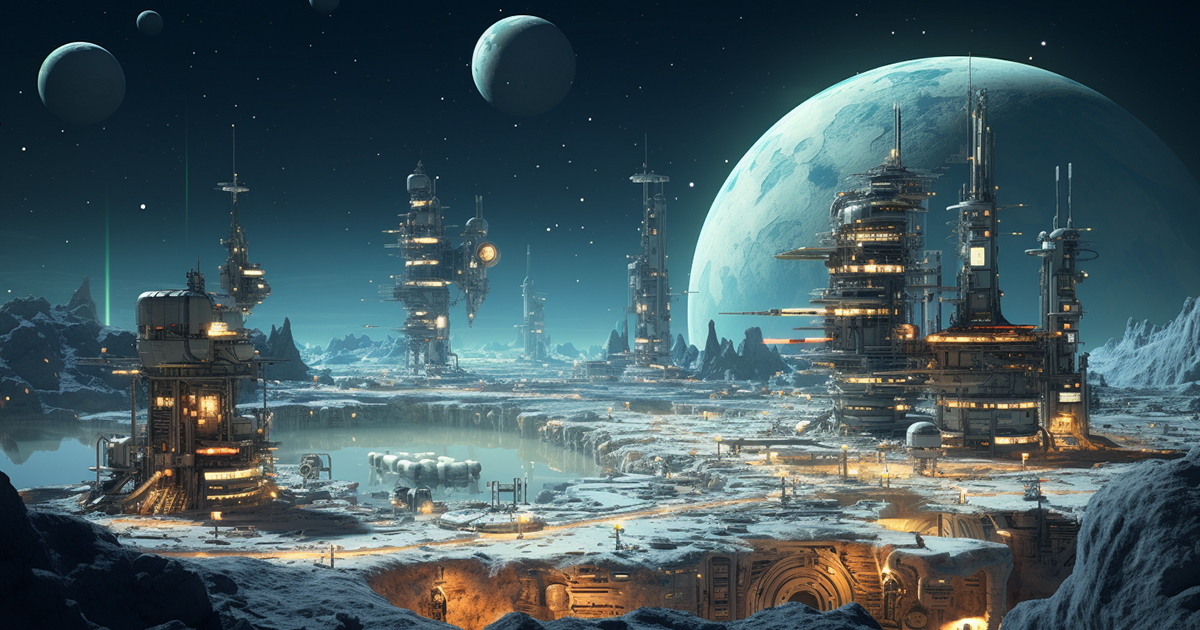The exploration of the vast cosmos has long fascinated humankind, and now we stand at the threshold of a new era where our terrestrial limits are expanding to encompass extraterrestrial realms. The once remote dream of inhabiting other planets is now evolving into a tangible objective. NASA’s bold initiatives to send astronauts to Mars in the 2030s represent the zenith of human curiosity. However, what if we were to disclose that the idea of transforming alien worlds is not as alien as it seems? What if the origins of this concept were sown millennia ago right here on Earth?
Today, we embark on a quest to uncover the parallels between our present ambitions and the ancient ideologies of bygone civilizations. Despite not yet treading on Martian soil, it appears that we are not the first to contemplate the metamorphosis of an alien planet into a hospitable abode.
Our expedition begins with the realization that our current space endeavors relegate us to mere spectators in the cosmic theater. We carry all our necessities with us, bound to the comforts of our home world. Nevertheless, the next significant leap in our cosmic odyssey demands that we harness the resources we encounter beyond our planetary borders. Making the transition from resource-intensive expeditions to self-sufficiency epitomizes the authentic pioneering spirit of human space exploration.

Interestingly, the requisite resources already exist, awaiting exploitation. As we gear up to establish settlements on remote planets, we must learn to utilize these native resources. This includes cultivating our own sustenance and adapting to the challenges of unfamiliar terrains. NASA envisions a future where innovation and technology will render the Martian landscape more hospitable than previously envisioned. Could this transformation be reminiscent of ancient times when, as certain theories suggest, extraterrestrial entities altered Earth’s environment to suit their needs?
Proponents of the ancient astronaut hypothesis argue that evidence of our extraterrestrial heritage is abundant throughout human history. They propose that tales from various ancient societies allude to the presence of celestial beings who might have impacted our evolution. For instance, the Kayapo people in Brazil recount a captivating story of the Bep-Kororoti, a heavenly being who descended from the heavens in a peculiar vessel, imparting knowledge of civilization, medicine, and agriculture to the Kayapo. They continue to revere him, with a priest donning attire resembling a spacesuit during their rituals.
The natural question arises: How did the Kayapo conceive the image of a figure in a spacesuit if not from an encounter with extraterrestrial beings in ancient times? This captivating tale, shared across diverse ancient cultures, provokes reflection on the potential involvement of extraterrestrials in shaping the evolution of our planet.
Standing on the brink of interplanetary colonization, one cannot help but ponder whether our current monumental endeavor is an extension of a process initiated by ancient visitors to Earth. Are we tracing their path as we contemplate transforming barren landscapes into flourishing habitats for humanity? While the truth may forever elude us, our voyage into the cosmic expanse resonates with ancient wisdom, suggesting a link between the past and our cosmic destiny.
Experience the Video:
In this era of cosmic discovery, we find ourselves not just as explorers but as pioneers, paving the way towards a future where the boundaries of Earth and space intersect. As we gaze upon the heavens, let us remember that the universe holds the mysteries of both our past and our fate, awaiting revelation by those daring enough to venture forward.
